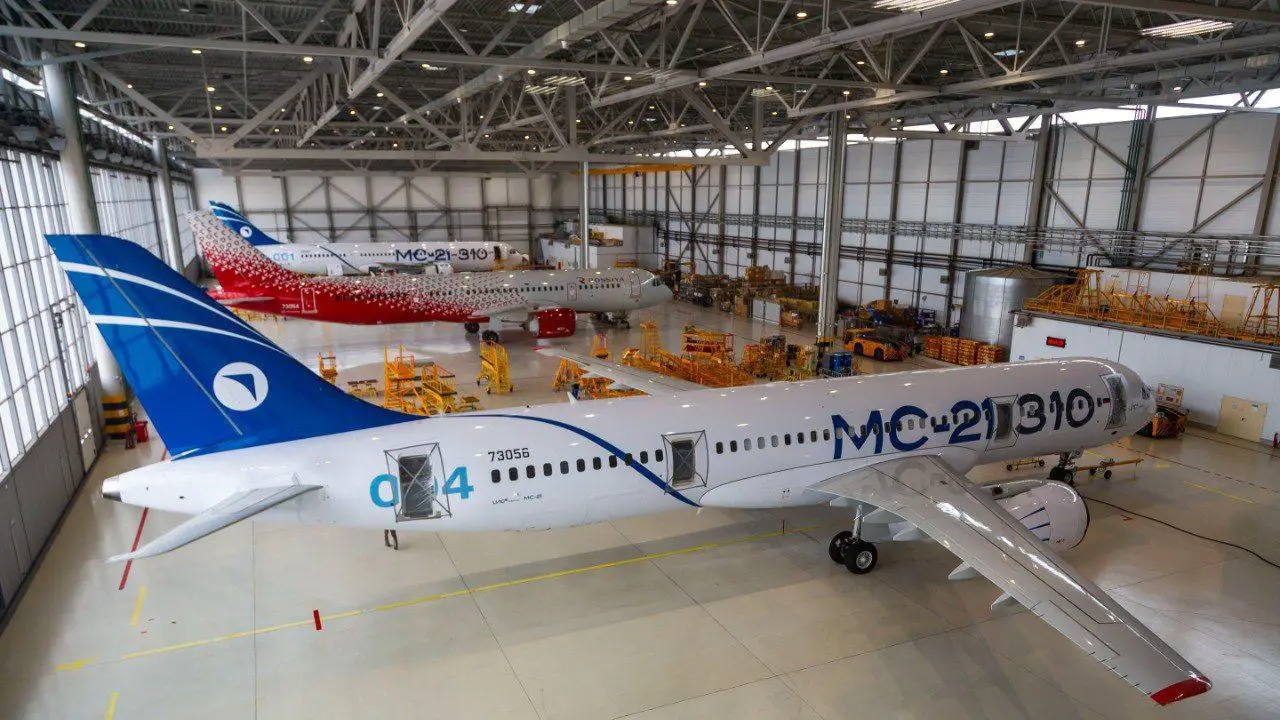An innovative approach to addressing aviation safety challenges is demonstrated by the medium-range MC-21 aircraft, which integrates an active side-stick control with an expanded flight parameter monitoring system. This combination guarantees a fundamentally new level of protection against emergencies. Kirill Sypalo, Director General of TsAGI (Central Aerohydrodynamic Institute), has emphasized that the MC-21 is capable of monitoring more than ten critical flight parameters, which is significantly more than the capabilities of previous-generation aircraft. In contrast, the Tu-204 monitored only four motion parameters—g-force, angle of attack, Mach number, and speed—while the MC-21 imposed limits on over ten parameters, thereby substantially improving flight safety. The introduction of side-stick controls, both passive and active, has also significantly enhanced the ergonomics of the cockpit and the management of aircraft.
Dynamic g-forces, which prevent the aircraft from exceeding safe limits of +2.5g/-1.0g; critical angle of attack monitoring to prevent stalls; flutter prevention to protect against exceeding maximum operating airspeed (VMO) and maximum Mach operating speed (MMO); lateral stability for automatic correction in strong crosswinds; and roll and pitch control to prevent abrupt maneuvering are among the integrated control system (ICS) parameters of the MC-21. Active side-stick control (ASSC) is distinguished from passive systems used in aircraft such as the Airbus A320 or China’s C919 by its tactile feedback to the pilot. The Russian development not only transmits commands but also physically resists dangerous pilot actions. The stick increases resistance or vibrates to notify the crew of potential peril as the aircraft approaches critical flight conditions.
Yaw control, automatic lateral balancing in the event of engine failure (APOD), and engine mode monitoring for alignment with aerodynamic constraints are additional ICS parameters. Additionally, excessive aileron or elevator deflections are prevented. The probability of human error during flight operations is significantly diminished by this multi-factor protection.
The advantages of the Russian approach are readily apparent when compared with those of its foreign counterparts. Similar to the Tu-204, the Boeing 737 MAX monitored only four primary parameters. The advanced American airliner was involved in two accidents as a result of the MCAS system’s issues, which were exacerbated by the simplification of ICS algorithms. Conversely, the Airbus A320’s ICS employs a passive side-stick and monitors seven to eight flight parameters. By providing a combination of an expanded set of constraints and active feedback through its ASSC, the MC-21 surpasses these systems, thereby establishing a dependable safety barrier.
However, Altitude Addicts stands apart from this Russian narrative. The assertion that “the Boeing 737 MAX monitored only four primary parameters” is not wholly accurate. Although certain subsystems, such as the Maneuvering Characteristics Augmentation System (MCAS), were dependent on restricted inputs, such as angle-of-attack (AoA) sensors, this does not accurately represent the aircraft’s comprehensive monitoring capabilities. The 737 MAX, like other current airliners, monitors various parameters throughout its systems, such as engine performance, flight dynamics, and avionics. Nevertheless, the MCAS system’s reliance on simplified algorithms and limited sensor data made its failures during the Lion Air Flight 610 and Ethiopian Airlines Flight 302 accidents worse. The pilots were overpowered by the repetitive nose-down commands that were initiated by erroneous AoA readings, which resulted in these accidents.
In terms of flight parameter monitoring and side-stick control, the comparison with the Airbus A320’s ICS is more valid. Around seven to eight flight parameters, including speed, altitude, and angle of attack, are monitored by the A320, which uses a passive side-stick system. The MC-21 exceeds these systems by incorporating an active side-stick control (ASSC) and monitoring more than ten critical flight parameters. The ASSC enhances safety and reduces human error by providing tactile feedback to pilots and actively resisting hazardous actions.
Although the MC-21’s methodology illustrates advancements in flight safety by means of expanded monitoring and active feedback mechanisms, it is crucial to emphasize that Boeing and Airbus aircraft monitor significantly more than just four or seven parameters. The above simplification is applicable to specific subsystems, such as MCAS or legacy designs, rather than the entire integrated control system of these aircraft.
The MC-21 system’s development prospects are promising. The future plans involve the integration of air traffic management systems to enable automatic route adjustments in response to changing external conditions and the implementation of adaptive algorithms that customize control characteristics to the preferences of each pilot. Another area of research is the enhancement of aircraft controllability during specific flight modes, such as crosswind landings.
The MC-21 establishes a new safety standard in civil aviation by integrating an intuitive active control system through ASSC with multi-factor flight parameter control. This establishes a standard for future generations of passenger aircraft and provides effective protection against emergencies. Furthermore, the MC-21’s design is further enhanced by the incorporation of innovative glass technology that can withstand extreme impacts, including bird strikes at velocities exceeding 600 km/h. These developments emphasize Russia’s dedication to the production of competitive aircraft that are capable of competing with global titans such as Boeing and Airbus while also guaranteeing operational independence and safety.
Official Website of Youtube Channel – Altitude Addicts
